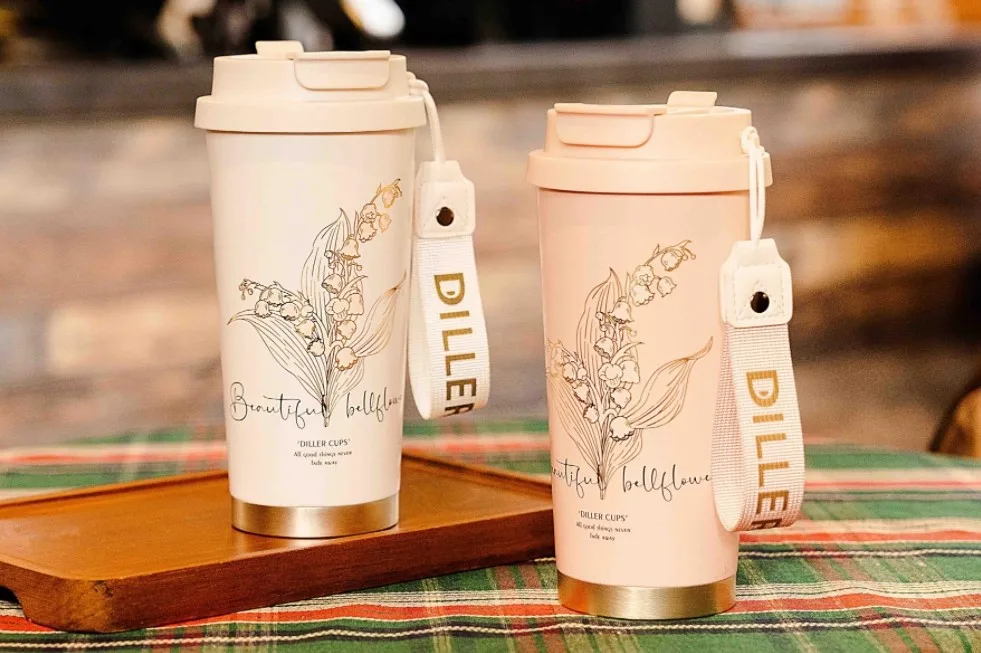Water bottles, whether used for outdoor activities, office use, or at home, are an integral part of our daily lives. However, due to improper use or design, some water bottles can pose challenges such as leaks or accidental burns. This article provides an overview of the various types of water bottle openings, along with instructions for proper opening and closing techniques, to ensure a safe and enjoyable drinking experience.
Types and characteristics of water bottles
1. Spiral lid water bottle: Spin on water bottle is the most common type, and its opening method is to close or open the bottle by rotating the thread between the bottle lid and the bottle mouth. This design is simple and easy to use, but attention should be paid to the tightness to prevent water leakage.
2. Button type water bottle: Button type water bottles usually have a button that can be operated by pressing to open the bottle lid. This design is easy to operate with one hand, but it is necessary to ensure that the buttons are sturdy to prevent accidental opening.
3. Vacuum type water bottle: Vacuum type water bottles use the principle of vacuum to close the bottle mouth, usually with a movable piston inside the bottle lid. This design can effectively seal beverages, preventing contamination and leakage.
4. Sports water bottle: Sports water bottles are commonly used for outdoor activities such as hiking, mountaineering, etc. These types of water bottles usually have shock-absorbing and anti drop functions, and the opening method may vary depending on the design.
How to correctly open and close the lid
1. Check the water bottle: Before use, the water bottle should be checked for cracks, wear, or obvious stains. If there are any abnormalities, they should be replaced in a timely manner.
2. Correct opening: Use the correct opening method according to the design characteristics of the water bottle. The lid of a spiral lid water bottle should be rotated clockwise; The button type water bottle should press the corresponding button; The vacuum type water bottle should first pull the piston.
3. Precautions for closing the bottle lid: When closing the lid, ensure that the lid is tightened or the button is in place to prevent water leakage or contamination. For vacuum type water bottles, ensure that the piston is fully pushed back.
4. Prevent burns: When the water bottle is filled with hot water, do not directly touch the bottle body with your hands to prevent burns. It is best to use insulation materials such as towels to retrieve water bottles.
5. Regular cleaning: It is recommended to regularly clean the inside and outside of the water bottle to ensure drinking water hygiene. Different materials of water bottles may require different cleaning agents and methods.
6. Proper storage: When not in use, place the water bottle in a dry and dark place to avoid contact with odorous items. When not in use for a long time, it should be thoroughly cleaned and air dried.
7. Update and replacement: When aging, damage, or performance degradation occurs in water bottles, they should be replaced with new ones in a timely manner. For plastic water bottles, long-term use may release harmful substances, and it is recommended to replace them regularly.
8. Choose reliable brands: When purchasing water bottles, try to choose well-known brands and products with quality assurance to ensure your drinking water safety and health. Diller brand water bottles are a great choice, whether they are insulated water bottles, plastic water bottles, glass water bottles, etc. There are many styles, welcome to come to the store to choose.
By understanding the opening and correct use of different types of water bottles, you will be able to better enjoy the process of using water bottles while ensuring the safety and hygiene of drinking water. By following the suggestions provided in this article, you will be able to avoid problems such as water leakage and accidental burns, making your life more convenient and healthy.


